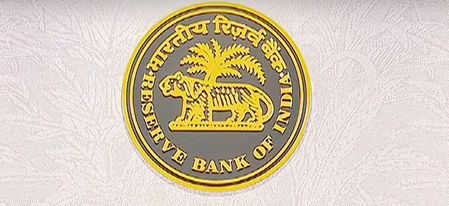

Mumbai, Oct 24 (IANS) India’s foreign exchange reserves rose by $4.5 billion to $702.3 billion for the week ended October 17, mainly driven by an increase in the value of gold reserves, according to data released by the Reserve Bank of India (RBI) on Friday.
India’s gold reserves held by the RBI as part of the country’s foreign exchange reserves surged by $6.2 billion to surpass the $108.5 mark for the first time on the back of a sharp rise in the price of the precious metal and increased purchases by the central bank.
Foreign currency assets, the largest part of the reserves, fell by $1.7 billion to $570.4 billion during the week. These assets are affected by changes in the value of currencies such as the euro, pound, and yen.
India’s reserve position with the International Monetary Fund (IMF) declined by $30 million to $4.62 billion during the week, RBI data showed.
The share of gold in India’s foreign exchange reserves has almost doubled over the past decade – from below 7 per cent to nearly 15 per cent – reflecting both steady central bank accumulation and a surge in global bullion prices. This is the highest proportion of gold in the country’s total reserves since 1996-97, according to market analysts.
Gold prices have shot up by as much as 65 per cent in 2025 due to the increased demand for the precious metal as a safe haven asset amid rising geopolitical uncertainty in the Middle East and the trade wars triggered by the US tariff hikes.
Central banks worldwide have accumulated substantial amounts of gold as a safe-haven asset in their foreign exchange reserves amid uncertainty created by geopolitical tensions. The share of gold maintained by the Reserve Bank of India as part of its foreign exchange reserves has almost doubled since 2021.
The RBI has added approximately 75 tonnes to its gold reserves since 2024, bringing its total holdings to 880 tonnes, which now constitute about 14 per cent of India’s total foreign exchange reserves, according to a Morgan Stanley report.
India is the world’s second-largest consumer of gold, next only to China and relies on imports to meet demand. Buying gold is deeply rooted in Indian culture and is used in large quantities in the form of jewellery gifts for the bride and bridegroom during wedding ceremonies. It also constitutes an important channel of safe-haven investment and a status symbol for families and individuals.
–IANS
sps/dan
